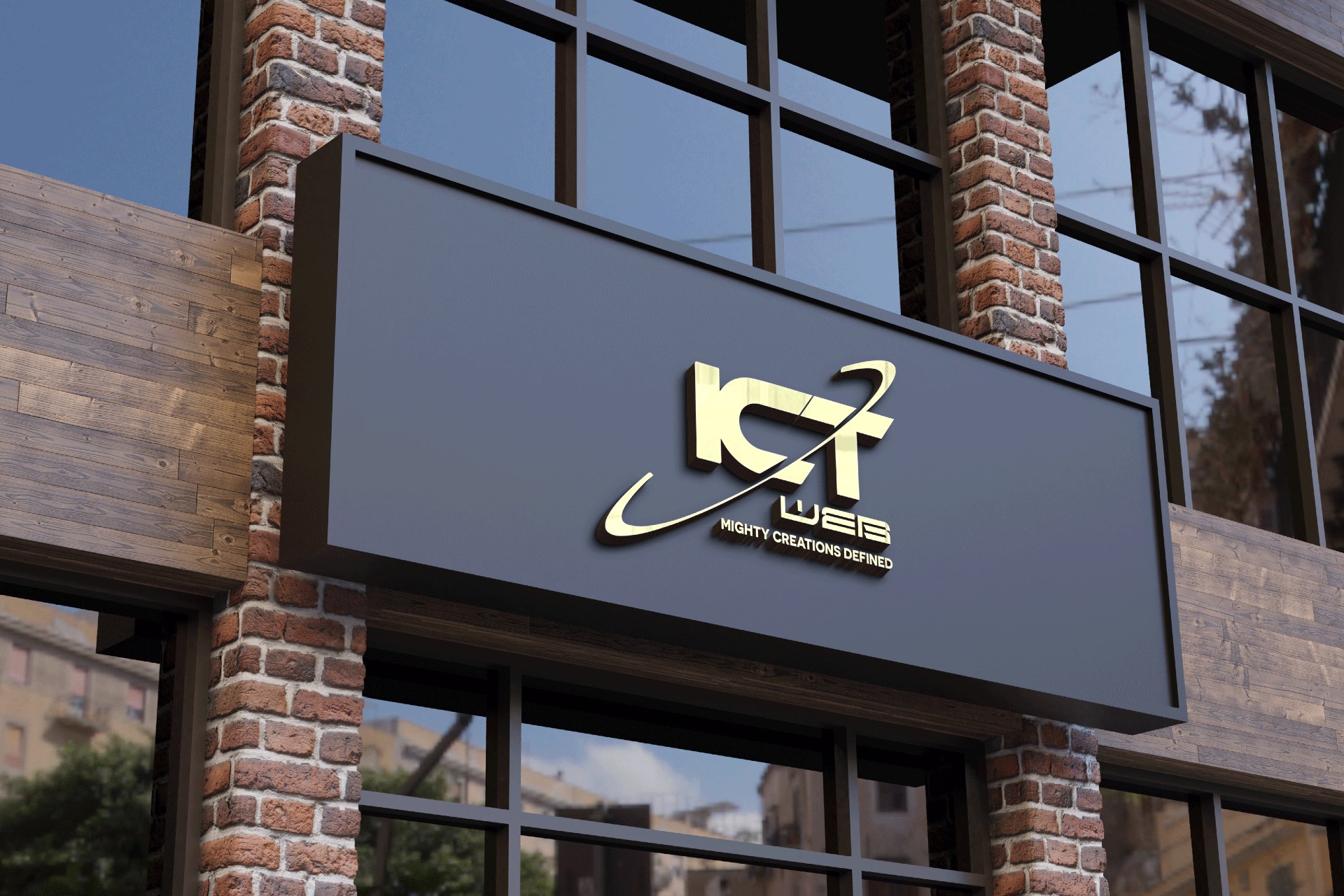
Optimizing your website The Right Way!
After you build a website, search engines send out their bots to scan and comprehend the content on your site. These bots then categorize and store the information, allowing it to appear in relevant search results. The bots have advanced capabilities that enable them to understand not only the text on your site, but also its structure and other non-text elements. This is where Search Engine Optimization (SEO) comes into play. By optimizing your website, you can improve its relevance and authority, and increase the likelihood that it will appear at the top of search results.
Search Engine Optimization (SEO) is all about boosting your website’s visibility in the non-paid results of major search engines. Achieving this requires an in-depth understanding of three critical elements:
- The type of content that both search engine users and your target audience are looking for.
- The methodology used by search engines to discover, categorize, and present content in search results.
- The right techniques to market and optimize your website so that search engines can understand it better.
Search Engines index pages(!), not your website as a whole. This means that your SEO work should be done page by page.
What does SEO stand for?
SEO stands for search engine optimization. Let’s break that down in the context of your website.
Search: What people do when they want to find an answer to a question or a product or service that meets their needs.
Search Engine: A site (like Google or Bing) where a person can perform said search.
Search Engine Optimization: What you do to get said search engine to connect said search with your site.
Why is SEO important?
The previous section highlights the significance of SEO. To further illustrate this, consider your own search behavior. For instance, let’s say you want to find information about the best tools for email marketing. You type this into Google, or a similar search engine. Instantly, you are presented with a list of results. Which result do you click on? Do you ever go beyond the first page of results? The likelihood is, no.
This scenario demonstrates why SEO is crucial. By optimizing your website for search engines, you can improve your overall search ranking and increase your chances of appearing on the first page of results. This, in turn, will lead to increased traffic to your site and potentially, more business. Your goal should be to appear within the top few listings of relevant searches, so that your target audience can easily find your site.
Steps To Optimizing Your Website
#1. Do keyword research and use relevant terms
When Optimizing your website, Keywords play a crucial role in SEO. They serve as a signpost for search engines and help people find your content once they perform an online search on a related topic. A keyword is simply the word or phrase that people type into the search bar when looking for information. It’s important to choose keywords that align with the search intent of your target audience. This can range from short keywords, like “digital marketing”, to long-tail keywords, like “how to create a successful digital advertising campaign.”
Short keywords often have a higher search volume, which means they can be more competitive to rank for. Conversely, long-tail keywords have a lower search volume but are more specific, allowing you to target a more precise audience. The best strategy is to use a mix of both types of keywords. When choosing keywords, it’s essential to consider both their search volume and rank difficulty. The search volume reflects how often people search for that particular keyword, while the rank difficulty measures how challenging it will be to rank for that keyword.
While keywords are an important aspect of optimizing a website, they are not the only factor. There are several other strategies you can use to boost traffic and improve your website’s ranking. Let’s explore these further
#2. Place keywords throughout your page
While Optimizing Your Website, Every page or blog entry has different, appropriate keywords. In this particular case, the main keyword is “SEO for Beginners”, which is likely what you searched for to find your way here.
It’s best if your selected keywords appear in the following places:
- The title of the post
- The URL
- The first and last paragraphs of the post
- Naturally throughout the text of the post
- The tags for any images used
As long as they don’t interfere with the readability of the article, feel free to include them. However, be cautious of “Keyword Stuffing”, which we’ll discuss in more detail later in this article.
#3. Include SEO in Permalinks
A permalink is the URL that you see when you visit a web page. It plays a crucial role in the overall structure of your website, as it should be both concise and descriptive. This is important for both the reader and search engine bots that crawl your site to better understand the topic of your pages and index them correctly.
When creating permalinks, it’s important to use clear and meaningful words in your URL. For example, if you have an online bookstore, your permalinks should reflect the hierarchy of your pages and give context to the information that’s being accessed. This helps search engines understand the structure of your site and can improve your SEO.
Here’s an example of how this could look for our website:
- theictweb.com/ – the main website
- theictweb.com/service – a page where people can find all service information
- theictweb.com/service/the-best-seo-services-In-Uganda – a page with information about a specific service category
Having a page that has been online for an extended period of time can positively impact your SEO. Pages that have been online for longer tend to rank higher because they have built up authority through factors such as generated traffic, link building, and more. It’s important to create a timeless URL structure that allows you to update your pages with fresh and relevant information over time. This means avoiding URLs that contain specific dates or years, as these will become outdated quickly.
For example, if you write an article about “Best-seo-software”, it would be better to leave the year out of the permalink. This way, you can update the article in the future to reflect the “The Best SEO Software for 2023” or any other year. The same principle applies to pages for specific events or holidays, such as Black Friday, which occur annually and can be reused in future years.
#4. Hyperlink your existing content
Linking your content to other posts and pages on your website is a best practice for several reasons. Firstly, it enhances the user experience by allowing readers to discover related content and easily navigate to other pages on your site. This not only helps keep readers on your site for longer, but it can also encourage them to explore your content more deeply.
Additionally, when optimizing your website, linking your content to other pages on your site can also help search engine bots to better index and understand the context of your webpages. By providing these internal links, you are effectively telling the search engines which pages on your site are related and how they fit into the overall structure of your site. This can help improve your overall SEO by making it easier for search engines to understand the content and context of your pages.
#5. Write high-quality content. No keyword stuffing!
It is important to write content that is both engaging and informative for your readers. When writing, make sure to fully cover your topic and provide all relevant information. This will ensure that your audience receives a comprehensive overview of the subject and has their questions answered. While having a higher word count does not necessarily guarantee a higher quality article, it can help to indicate that the topic has been thoroughly covered. Studies have shown that there is a correlation between word count and ranking, as well as the depth of the article and ranking.
In addition to covering your topic thoroughly, it is also important to write in a clear, conversational style that is easy for readers to understand. Avoid using excessive keywords in your writing as this can come across as unnatural and may result in penalties from search engines. It is better to write for your audience and focus on providing them with valuable information, rather than trying to cheat the system. Keep in mind that search engines are sophisticated and can easily detect keyword stuffing. By focusing on writing high-quality, informative content, you will not only engage your audience but also improve your website’s SEO.
#6. Optimize your images
In terms of readability, images are crucial as they help to illustrate the content and make it more accessible to readers when optimizing your website. They also play a key role in SEO as they help search engines crawl your website. While an image itself cannot be crawled, the image’s ALT text, or description, can be indexed by search engines.
Incorporating your chosen keyword into the image’s ALT text will ensure that Google recognizes it for that particular keyword. Have you ever noticed images that appear at the top of search results? These images can be a great way to direct users to your website, indicating that both your website and images are relevant to the searched topic.
It’s also important to optimize images for website speed, which is a crucial factor in SEO. This includes compressing images to reduce their size and format. You can easily optimize images by using image compression tools.
#7. Page speed
The speed of your website is a critical factor in determining its ranking, especially since Google started using it as a ranking factor in 2018. With the short attention span of online users, it only takes a few seconds for them to decide whether to stay on your homepage or move on to another site.
A quick loading website offers an optimal user experience. If your page takes too long to load, it will result in a higher bounce rate and negatively impact your website’s performance. This is because users today have little patience for slow-loading pages. Although a high bounce rate doesn’t directly impact your ranking, it is closely linked to your page speed. There are several tools available to measure website speed, including:
- Google PageSpeed Insights – this tool provides a report on the performance of your website on both desktop and mobile devices, and includes suggestions for improvement.
- GTmetrix – this tool analyzes your website’s performance and provides a detailed report, including page load time, file size, and the number of requests made to load the page.
- Pingdom Website Speed Test – this tool measures your website’s load time and provides a detailed report on performance, including the time it takes for specific elements to load on the page.
- WebPageTest – this tool provides a comprehensive report on your website’s performance, including the time it takes to load, the size of the page, and the number of requests made.
- YSlow – this tool analyzes website performance and provides suggestions for improvement based on best practices for high-performance websites.
These tools can help you identify areas of improvement for your website and optimize its speed, which can help improve your website’s ranking and user experience.
#8. Don’t forget your mobile version!
With more and more individuals turning to their mobile phones to access the internet, it has become essential to design a website that is optimized for these devices. Failure to do so can result in a high bounce rate, as users will quickly leave a site that is not properly formatted for their phone. Poor formatting can cause frustrating issues such as non-functioning buttons and the need to continuously scroll just to view the entire page.
Providing a seamless and enjoyable user experience can encourage users to explore your site and further determine the relevance of your page to the chosen keyword. The significance of mobile optimization is such that Google has declared that it will soon implement mobile-first indexing for websites.
#9. Technical SEO
Technical SEO optimizations are done on the back end of your website to make sure it meets Google’s site security and user experience requirements, as well as to make it as easy as possible for Google to do its job on your site. we discussed the importance of developing a well-structured website as a crucial aspect of technical SEO. However, technical SEO encompasses much more than just proper permalinks and keyword selection. It involves creating a website with a responsive design, which is a highly specialized and technical aspect that goes beyond the scope of a beginner’s guide to SEO.
As part of optimizing your website, It’s vital to work with both a technical SEO expert and your team to determine the optimal website structure and design that best serves your target audience.
#10. Update your pages and content
SEO is an ongoing process that requires dedication and effort. With experience and time, you can progress from a beginner to a more advanced level. One of the most effective ways to improve your search engine ranking is by consistently publishing fresh and relevant content on your blog.
Once you have created engaging content, it’s essential to promote it to reach a wider audience. This can be done through both organic and paid methods, such as sharing posts on social media, sending newsletters, and utilizing paid advertising (PPC). Both approaches are crucial components of your marketing strategy and should be incorporated at some point.
Organic promotion allows you to establish a lasting connection with your customers and build trust, while paid advertising helps to quickly reach the right audience and drive traffic to your website, thereby enhancing your SEO performance. Tools like Hootsuite can be used when optimizing your website, you can Create, schedule, publish, and manage your content and ad campaigns across social networks from a single dashboard. Hootsuite is a social media management platform that helps individuals and organizations manage and schedule their social media activities across multiple social networks, including Facebook, Twitter, LinkedIn, Instagram, Youtube and others.
SEO can be a highly complex field, but having a solid understanding of the basics can provide a strong foundation to optimizing your website. The first step is to gather extensive data and conduct in-depth research. Create content that appeals to your target audience and is superior to that of your competitors. It’s also important to develop separate campaigns for on-page and off-page SEO. Ensure that your website loads quickly on both desktop and mobile devices and focus on obtaining as many high-quality backlinks as possible.
Finally, make sure to optimize your website for conversions so that the traffic you generate is effectively converted into customers or leads. This will help you make the most of your SEO efforts and achieve your desired outcomes. Contact us today at + (256) 781 353987 or drop us an email at [email protected]. Let’s embark on a journey towards innovation and excellence!






